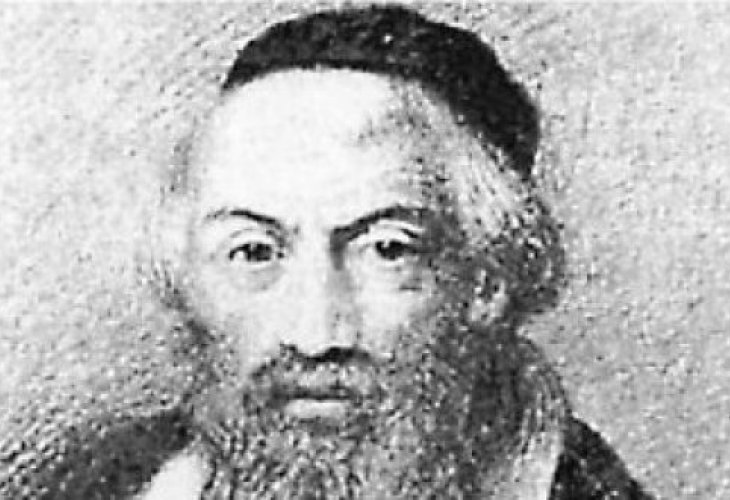Judaism
Rabbi Moshe Isserles: Guardian of Ashkenazi Halacha
The Rema: A legacy of leadership, scholarship, and halachic clarity in the shadow of the Shulchan Aruch

A Halachic Giant of Ashkenaz
Rabbi Moshe Isserles, known universally as the Rema, was one of the foremost Ashkenazi halachic authorities of the Acharonim (later rabbinic period). His glosses to Rabbi Yosef Karo’s Shulchan Aruch integrated the customs and rulings of Ashkenazi Jewry into what became the definitive code of Jewish law. The Rema authored Darkei Moshe, a comprehensive commentary on the Tur, as well as his renowned glosses to the Shulchan Aruch, known as HaMapah (the Tablecloth). These works appear in every edition of the Shulchan Aruch and are foundational to Jewish halachic study.
Originally, the Rema began writing an expansive commentary on the Tur. However, upon discovering that Rabbi Yosef Karo had already compiled the Beit Yosef, he shortened his work, which is now printed alongside the Beit Yosef (in all standard editions of the Tur) under the title Darkei Moshe.
He also began composing a concise book summarizing practical halachic rulings derived from his Darkei Moshe. Yet, when the Shulchan Aruch arrived in Europe, the Rema feared that publishing his own code might create confusion or division in Torah law. As a result, he suspended his project and instead focused on adding Ashkenazi glosses to the Shulchan Aruch.
Integrating Ashkenazi and Sephardi Traditions
The Rema observed that the Shulchan Aruch primarily followed the rulings of Sephardic authorities, the Rif, the Rambam, and the Rosh, while largely overlooking the rulings and customs of Ashkenazi sages. To address this, he composed glosses that reflected Ashkenazi practice, integrating views from Sephardic authorities such as the Abudraham and Rambam when he agreed with their positions. In many cases, he presented accepted Ashkenazi customs. At times, his glosses did not oppose the Shulchan Aruch but rather clarified or expanded upon its rulings.
His notes are included in all editions of the Shulchan Aruch, either following the word "Hagah" (gloss) or embedded within the main text. The glosses became known as HaMapah (“the Tablecloth”), symbolizing that the Rema “spread the cloth” over Rabbi Karo’s Shulchan Aruch (“Set Table").
At his funeral, the man who eulogized him noted that the Rema authored 33 works and passed away on Lag BaOmer, the 33rd day of the Omer. The man continued to try and list 33 praiseworthy attributes of the Rema, but only got to 32, and felt terrible that he didn't complete the list. At that moment, the Rema’s attendant offered one final, overlooked merit: the Rema was known to walk door to door during Purim meals, held toward evening and extending into the night, to remind families to recite the evening Maariv prayer, lest they forget amid the festivities. Interestingly, his yahrtzeit (the anniversary of his death) always coincides with the same day of the week on which Purim falls that year.
A Legacy Preserved in Stone
In the heart of Krakow’s Jewish Quarter stands a low stone wall surrounding a small patch of ground. Everyone walks around it, but few know its origin. That wall was built by royal order of King Sigismund II at the Rema’s request, and the story behind it is remarkable.
A Jewish tax collector named Shlomo Zeligman, who descended from a family of kohanim (priests), wished to marry a divorcée. The Rema refused to officiate and declared that he would place a ban on anyone who enabled the union. Enraged, Zeligman informed the king, who summoned the Rema and ordered him to perform the marriage. The Rema stood firm and exited the palace.
Days later, soldiers brought him to the wedding canopy, where the couple and a crowd awaited. The Rema tried to persuade them to cancel the ceremony, but they refused. He cried out, “Separate yourselves from these wicked people!” and the crowd immediately scattered. Alone beneath the canopy, the couple stood defiant. Suddenly, the earth opened and swallowed them whole.
When the king heard what had happened, he feared Divine wrath and summoned the Rema to ask forgiveness. As an act of atonement, the Rema requested that the burial site, now sacred and forbidden to kohanim, be encircled with a brick wall to prevent accidental defilement. That wall remains today, a quiet yet powerful testament to the Rema’s integrity and the sanctity he preserved for generations.
* Special thanks to Rabbi Shlomi Malka for his assistance in preparing the article.

